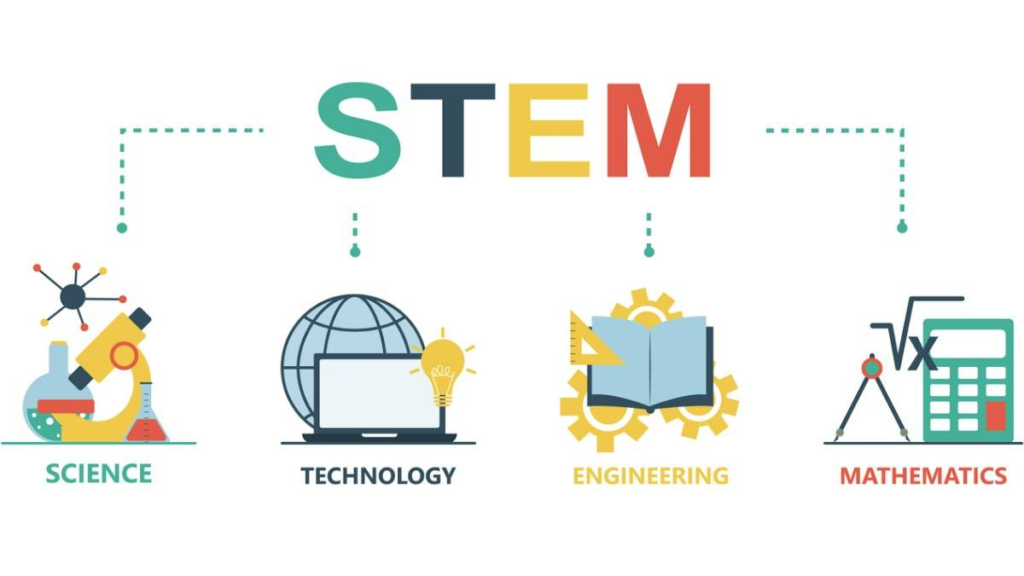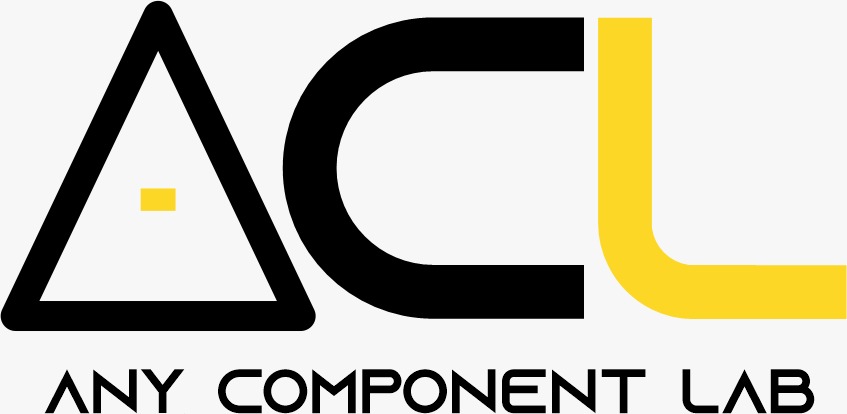
The evolution of STEM education in Ghana presents a fascinating study in educational transformation, reflecting both the country’s colonial legacy and its post-independence aspirations. From the early missionary schools to modern digital laboratories, this evolution of STEM education in Ghana mirrors the nation’s development trajectory.
First coined in 2001 by the National Science Foundation (NSF), STEM serves as an acronym for the academic disciplines of science, technology, engineering and mathematics. By binding these fields together under one term, the aim was to encourage proficiency across these interrelated subjects versus excellence in any single domain. Read more here: https://www.historytools.org/concepts/stem-education
Colonial Foundations (Pre-1957)
Understanding the evolution of STEM education in Ghana requires examining its colonial roots, when formal education in the Gold Coast focused primarily on basic literacy and religious instruction. STEM education was limited and heavily theoretical, mainly restricted to elite schools established by missionaries and colonial administrators. The Achimota School, founded in 1924, stood as a notable exception, offering comprehensive science education that included practical laboratory work – a rarity for its time.

Post-Independence Era (1957-1980)
Following independence in 1957, Kwame Nkrumah’s government recognized the crucial role of STEM education in national development. This period saw the establishment of key institutions:
- The University of Science and Technology (now KNUST) in 1961, dedicated to training scientists and engineers
- The Ghana Academy of Sciences (later Ghana Academy of Arts and Sciences) in 1959
- Technical institutes across various regions to promote practical science education
Despite these initiatives, STEM education remained largely theoretical due to resource constraints. Many schools lacked adequate laboratories and equipment, forcing teachers to rely heavily on “chalkboard science.”

The Challenges of the 1980s
The economic difficulties of the 1980s significantly impacted STEM education. Key challenges included:
- Severe shortage of qualified STEM teachers, especially in rural areas
- Deteriorating infrastructure in existing science laboratories
- Limited access to updated textbooks and teaching materials
- Brain drain as many qualified educators sought opportunities abroad
Traditional Teaching Methods
The traditional approach to STEM education in Ghana was characterized by:
- Heavy emphasis on memorization rather than practical application
- Teacher-centered instruction with limited student participation
- Assessment methods that prioritized theoretical knowledge over practical skills
- Limited integration of indigenous knowledge systems into formal STEM education
Gender Disparities
Historically, STEM education in Ghana reflected significant gender disparities. Cultural beliefs and societal expectations often discouraged girls from pursuing STEM subjects. The few girls’ schools offering comprehensive science programs, such as Wesley Girls’ High School, were exceptions rather than the norm.
Resource Distribution
The historical distribution of STEM resources reflected the urban-rural divide:
- Urban schools, particularly those in Accra and Kumasi, had better access to laboratories and qualified teachers
- Rural schools often lacked basic science equipment
- The few well-equipped schools became highly competitive, creating an elite system of STEM education
The Role of International Aid
From the 1970s on wards, international organizations played a crucial role in supporting STEM education:
- UNESCO provided technical assistance and teacher training programs
- The World Bank funded various educational reform projects
- Bilateral partnerships with countries like Japan and Germany supported technical education
Indigenous Knowledge Systems
An often overlooked aspect of Ghana’s STEM education history is the role of indigenous knowledge systems. Traditional practices in agriculture, metallurgy, and medicine represented sophisticated understanding of scientific principles, yet these were largely excluded from formal STEM education.
Learning from History
Tracing the evolution of STEM education in Ghana reveals both the progress made and the persistent challenges that need addressing. It underscores the importance of sustainable, culturally relevant approaches to STEM education that can prepare Ghanaian students for an increasingly technology-driven world while learning from past experiences and mistakes.
For Ghana to achieve its educational aspirations, stakeholders must understand this evolutionary journey while implementing modern, innovative approaches to STEM education that address historical shortcomings while building on past successes.
Follow through to the next article which throws more emphasis on the current state of STEM education in Ghana and some STEM institutions helping to push the STEM agenda in Ghana.
Want to begin your journey into the world of Electronics,Robotics, Automation etc.? Visit us here: Www.anycomponentlab.com to get access to a variety of projects and tutorials for beginners and enthusiasts!



